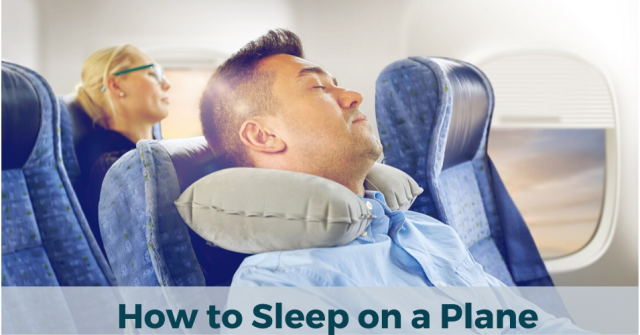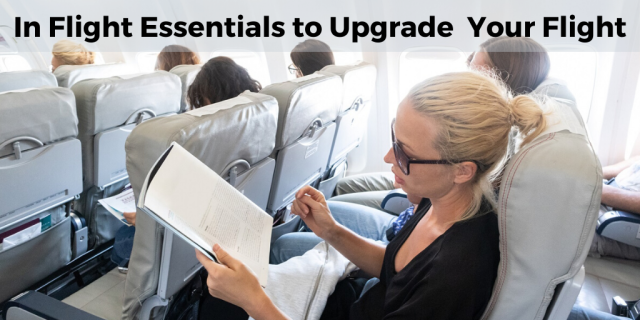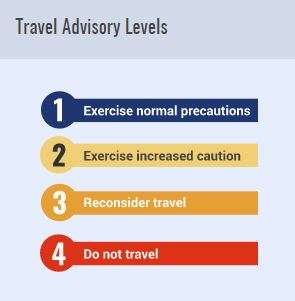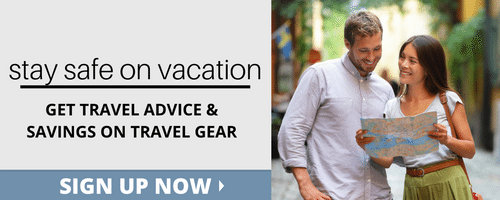Everyone loves a flight upgrade, especially when embarking on a long flight. While you won’t get to your destination any faster, the extra seat space, legroom, and food can make flying a much more pleasant experience.
Unfortunately for travelers the gate attendants no longer have the same discretionary power they used to, and upgrading a traveler to business or first class, especially on long flights, costs the airline money even though you might not think so. The cost of business and first-class travel is actually higher than that of economy. The better food and drinks hit the bottom line while now in economy class food has become a revenue source as customers usually have to pay for a snack or meal.
Related: In-flight Essentials to Upgrade Your Flight
Several ways to get that flight upgrade to first or business class
1. Loyalty Flight Upgrade
Loyalty is the best way and our most suggested way to earn a flight upgrade. Many airlines offer complimentary upgrades to their loyal customers who travel often throughout the year. Points can also be accumulated through their credit card and partner rewards programs and which help their loyal customers earn miles. These miles can be used to purchase upgrades.
If a flight is undersold, airlines sometimes upgrade passengers who are enrolled in their rewards programs for free if they’ve accumulated the required mileage during that year. If you haven’t yet, join the frequent flier programs for the airlines you fly on most.
2. Get an Airline Credit Card
Most airlines offer credit cards that reward you with points based on your purchases. Many also offer a bonus amount just for signing up for the card. Using this type of card helps you accumulate points that you can use for “free” upgrades to business or first class.
3. Pay for The Upgrade
When checking out directly on the airline’s website you will have the opportunity to upgrade to a premium coach seat or first class. You can also ask the gate agent before boarding what the upgrade cost would be. Ask your travel agent because they may have access to preferred seats that aren’t readily available on the airline’s website.
4. Timing
Oversold flights are a great opportunity to score an upgrade. When a flight is oversold, often, gate agents will announce if anyone would like to give up their seat in exchange for another flight. This is the perfect opportunity to ask for an upgrade on your next flight in exchange for giving up your seat. Early morning or flights during peak times are ideal for this situation.
5. Ask for the Upgrade
Always be honest and if it’s a special occasion like a honeymoon, anniversary, or an emergency, arrive early and let the ticket agent and gate agents know if they can they will help to make y our trip more comfortable. Also, if you’ve been inconvenienced by the airline due to delayed or canceled flights, ask for an upgrade as compensation. Lastly, don’t demand an upgrade or be angry with the people who are there to help you.
6. Dress as if You Always Fly First Class
As you know, first impressions count so put a little effort into your wardrobe choice if you think you’re going to ask for an upgrade While you don’t have to wear a suit and tie or suit and heels, you should be dressed as smart casual, that means no torn jeans, dirty flip flops, tank shirts or yoga pants or message T-shirts. Dressing as if you belong in first class gives you an overall more appealing appearance.
7. Arrive Early at the Gate
If there is an empty seat in economy plus, business, or first class still available it may just go to the first one who asks for it. Remember to be courteous and nice to the agent while asking.
Lastly, fly prepared in case you can’t get that last-minute upgrade. Pack a couple of flight comfort items such as your own flight pillow or compact blanket to keep the chill off. A few creature comforts will make your time in economy or coach more pleasant.









